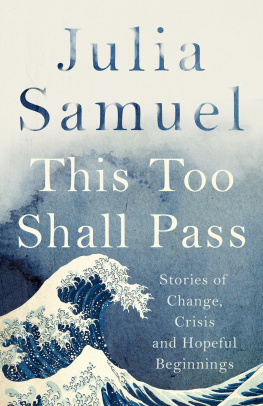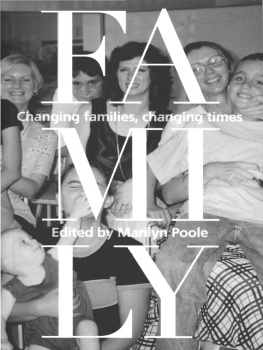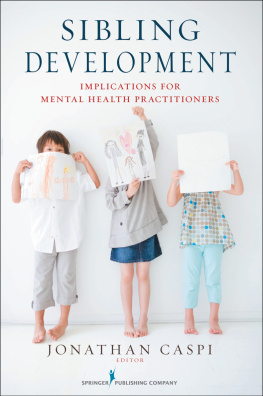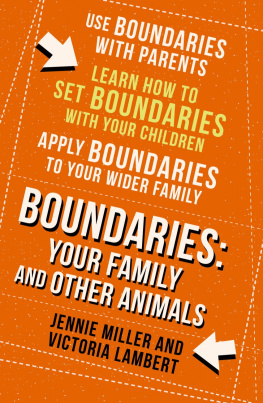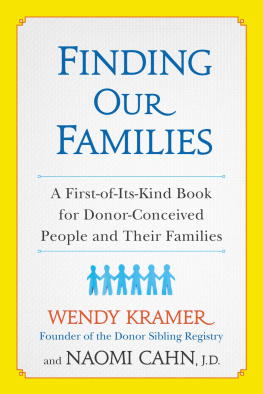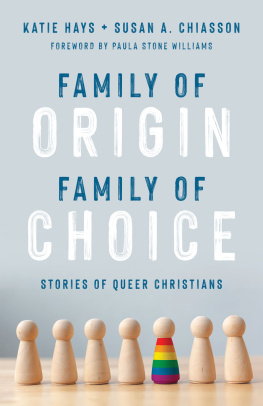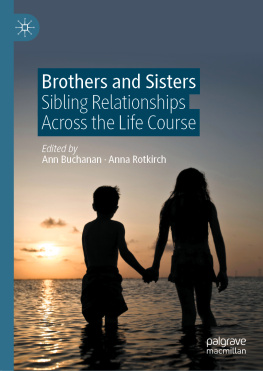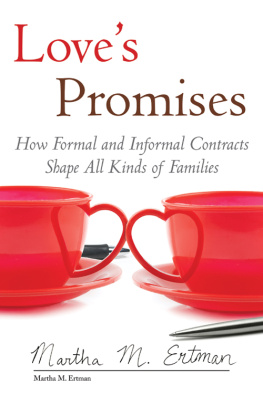Julia Samuel
EVERY FAMILY HAS A STORY
How We Inherit Love and Loss

PENGUIN BOOKS
UK | USA | Canada | Ireland | Australia
New Zealand | India | South Africa
Penguin Books is part of the Penguin Random House group of companies whose addresses can be found at global.penguinrandomhouse.com.

First published by Penguin Life in 2022
Copyright Julia Samuel, 2022
The moral right of the author has been asserted
Cover image adapted from The Garden of Eden by C. F. A. Voysey Victoria and Albert Museum, London.
This book is based on true events, but all persons appearing in the book are either fictitious or have had their names and identifying characteristics changed to protect their privacy. Any resemblance to real people, living or dead, is entirely coincidental.
ISBN: 978-0-241-48064-9
This ebook is copyright material and must not be copied, reproduced, transferred, distributed, leased, licensed or publicly performed or used in any way except as specifically permitted in writing by the publishers, as allowed under the terms and conditions under which it was purchased or as strictly permitted by applicable copyright law. Any unauthorized distribution or use of this text may be a direct infringement of the authors and publishers rights and those responsible may be liable in law accordingly.
For Catherine and Rachel, with my love
Introduction
Every family has a story. A story of love and loss, joy and pain.
The story of the family I was born into was one of great privilege and multiple traumas. But we didnt tell stories. There was no narrative or understanding of what had been, what was going on, or how to deal with it. My parents were young adults during the Second World War. My father was in the Navy and my mother was a land girl. But that was not where their injuries lay. My mothers parents and two siblings had all died suddenly and unexpectedly by the time she was twenty-five years old. My fathers father and brother had also died, without warning, when he was still a young man. Their fathers had fought in the First World War.
As with the majority of people living in that era, and as my generation of baby-boomers can attest, they abided by the need to survive and multiply. They had admirable tenacity, grit and courage. Their route to survival, the only one open to them, was to forget and move on. They lived by the adage that what you dont talk or think about wont hurt you. Putting on a good show, hiding vulnerability and, yes, a stiff upper lip were the mantras of my childhood and that of most of my generation. But even when its out of sight perhaps especially when its out of sight the fingerprint of love and loss inside us continues to gather complexity. It isnt always visible to the naked eye, but is still complicated, still textured, still painful.
What is often not recognized is that behaviours like these are the legacy of trauma. Trauma doesnt have language. Trauma has no concept of time. It sits on high alert in our bodies, ready to be ignited many decades after the original traumatic event. It doesnt allow for the processing of emotion. For me it meant many pieces of the jigsaw were missing. I remember looking at black-and-white photographs of my dead grandparents, aunts and uncles, examining them for clues because I knew practically nothing about them. The first time I saw a photograph of my maternal grandfather was this year. There were so many secrets and so much was left unsaid that I look back at my parents now and wonder: What did they know? What did they think about? Did they know what they felt? As a couple, did they ever talk about the things that mattered to them? And those secrets, did they tell each other or not? They certainly didnt voice any of it within my earshot.
This meant I was constantly observing and listening for clues. As it turned out it was the perfect brew to ferment a psychotherapist: I was always curious, listening intently, keenly interested in what was happening behind the faade, like a detective looking in the dust for footprints.
My parents have died. While I have been writing this book my love for and understanding of them have changed and grown. They live on in me, continually shaping and influencing me, as do all our key relationships. I am hugely grateful to them. I learnt from them many crucial skills, behaviours and ways of being that serve me well. I still benefit now from the immense opportunities they gave me.
I came to write this book about families because every client I have ever had has focused on their family. They want to know why they have difficulty with their relatives or describe why they love them, and everything in between. I am no different from my clients. In my therapy, I spent great tracts of time exploring my family of origin and my family now, trying to make sense of what was going on.
Families and their roles today
The phrase nuclear family, meaning two married parents and their children, no longer fully describes the 19 million families who live in the United Kingdom. Families come in many forms: single-parent families, same-sex families, adopted families, extended families, polyamorous families, blended families, families with no children and families made up of friends in which there are no blood relationships.
In the past, a familys central purpose and function was to raise children. A big shift has taken place socially in that more mothers are working and have fewer children. Since we live longer, rearing children takes only half of our adult lifespan. We therefore live as adults in our family for much longer than we did in the past, carrying with us the burden or gifts from it. Every person living in these different models of family will have their unique response to them, which will be informed by their genetics, environment and experience.
I wanted to look beneath the skin of some of these types of families to find out what went on and to ask questions: what is it that enables some families to thrive despite enormous adversity when others fragment? What predicts family breakdown? Why do our families drive us mad?
This book aims to explore those questions and deepen our understanding of them. It isnt about how to raise perfect families. They dont exist. Families operate on a spectrum of dysfunction and function depending on internal and external stressors. Instead, I tell the stories of the lived experience of eight families as they face a particular challenge, charting them through multiple generations. The level of influence of one generation on the next is often underestimated. The unresolved stressors of one generation can be passed down to intensify the daily pressures of life for the next.
Families are in constant flux, which is why they are so complicated and why they are such hard work. While the older generation is facing old age, their adult children are dealing with their own offspring leaving home, and those young people are adapting to and stepping into adulthood. Nowadays what was seen as the normative four-stage life cycle establishment (marriage), expansion (children), contraction (children leaving home), dissolution (partner dies) is by no means the case for everyone. Relationships often end in divorce, children choose not to leave home or return home after some years, or perhaps there are no children. We see from the stories that follow that at times families need to pull together, and at others to step back. It is this dance the moving in and out as a family, seeking harmony while allowing for differences that supports stability.


